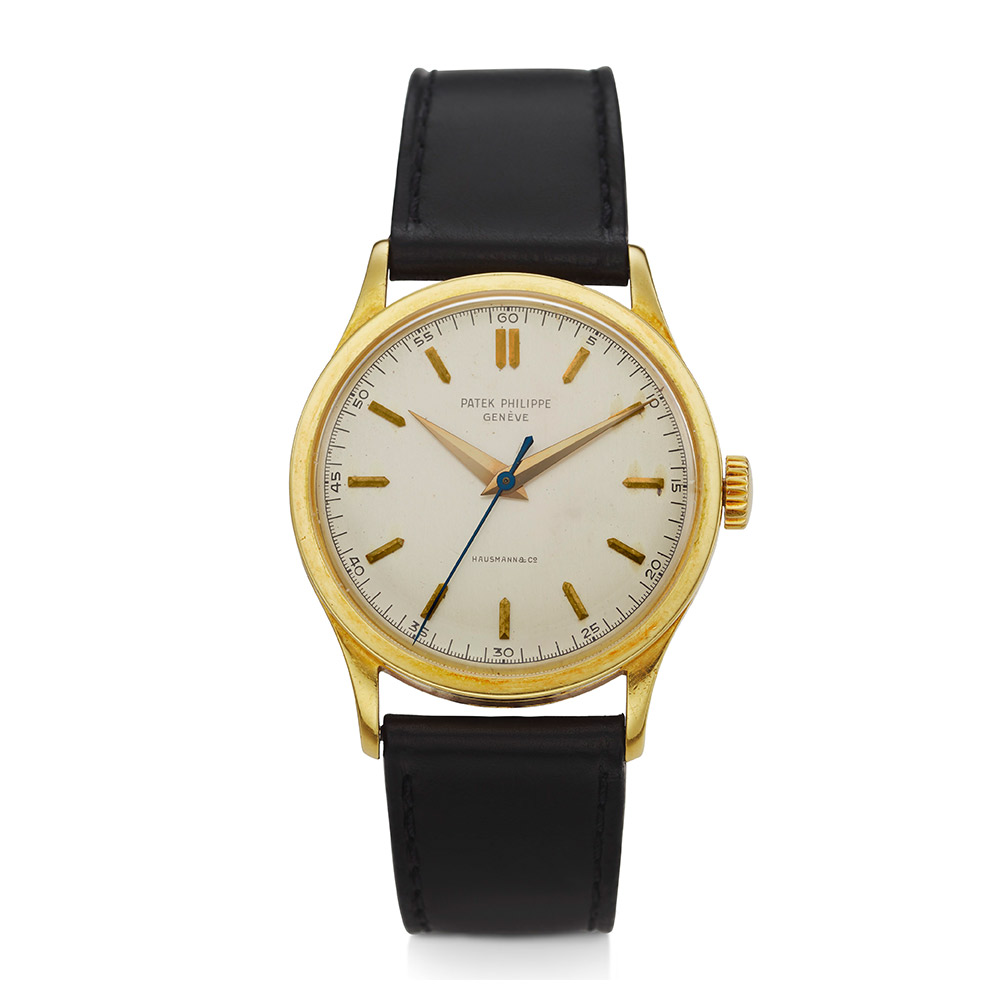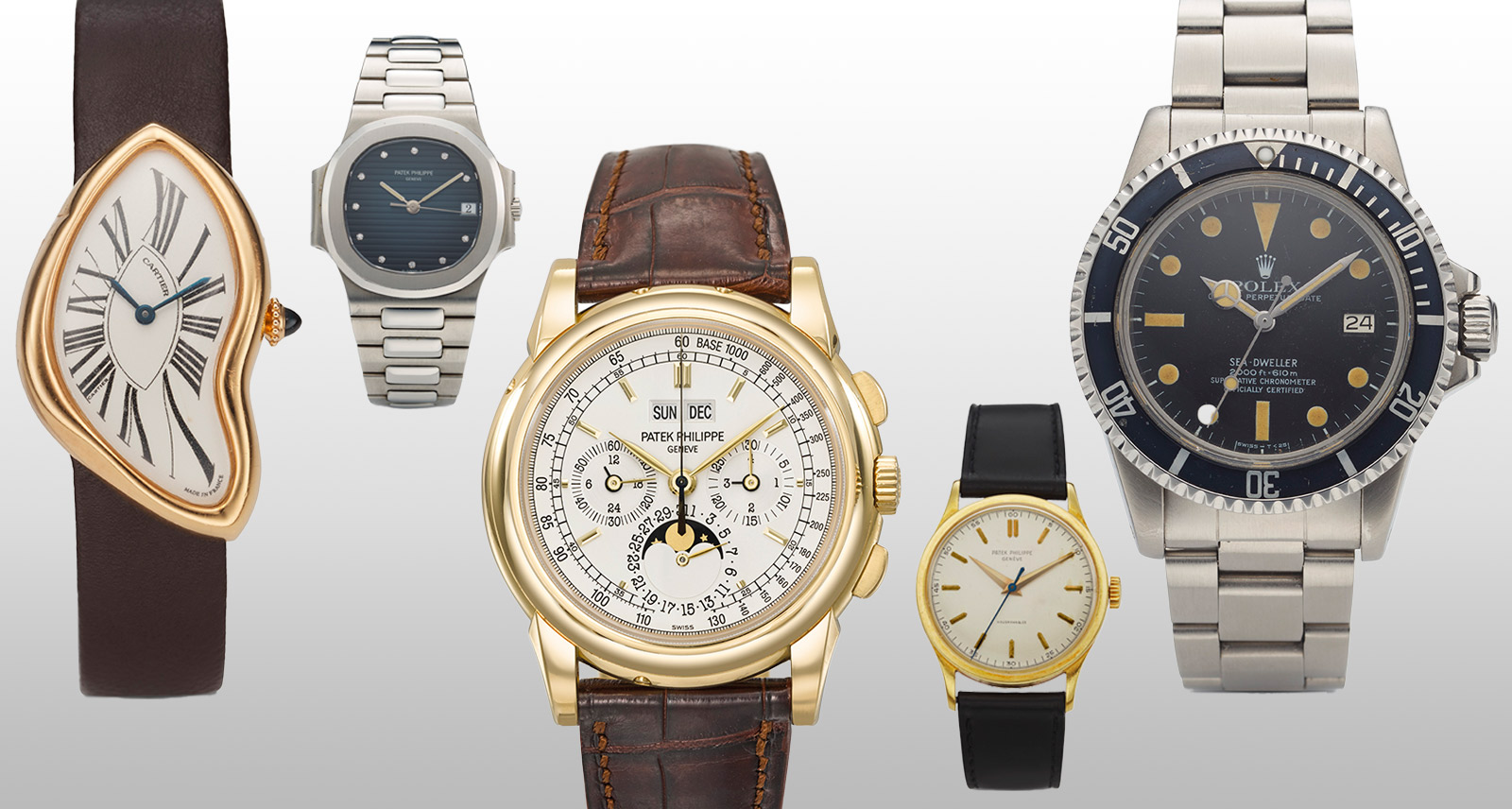How to Buy Your Grail at Auction: Expert Advice from Christie’s New Head of Watches
It’s no secret that the vintage watch market is on fire right now, with grails like the Audemars Piguet Royal Oak, Patek Philippe Nautilus, and Rolex Daytona pushing auction prices into the stratosphere, and we have questions. We wrangled Keith Davis, Christie’s newly-minted head of watches for the Americas (and a lifelong watch enthusiast), to talk price bubbles, hidden gems, and how to buy the watch of your dreams.
While there are countless historical watch brands and models out there, most of the biggest sales of late tend to be of a very small handful of brands. What do you think it is about Rolex, Patek Philippe, and Audemars Piguet that drives so much interest?
There are many reasons for this, some of which were decisions that were made by these brands decades ago. Additionally, it’s hard to ignore that the top three mentioned brands are independent and can engage with their clients in a faster more efficient way while being able to quickly pivot during ever-changing market conditions. With that said, I’m sure many more simple reasons are also at play. First, the three brands mentioned all have one thing in common, which is easily identifiable icons that resonate across all spectrums of collectors. This affects buying behaviour regardless of your position or knowledge of the industry.
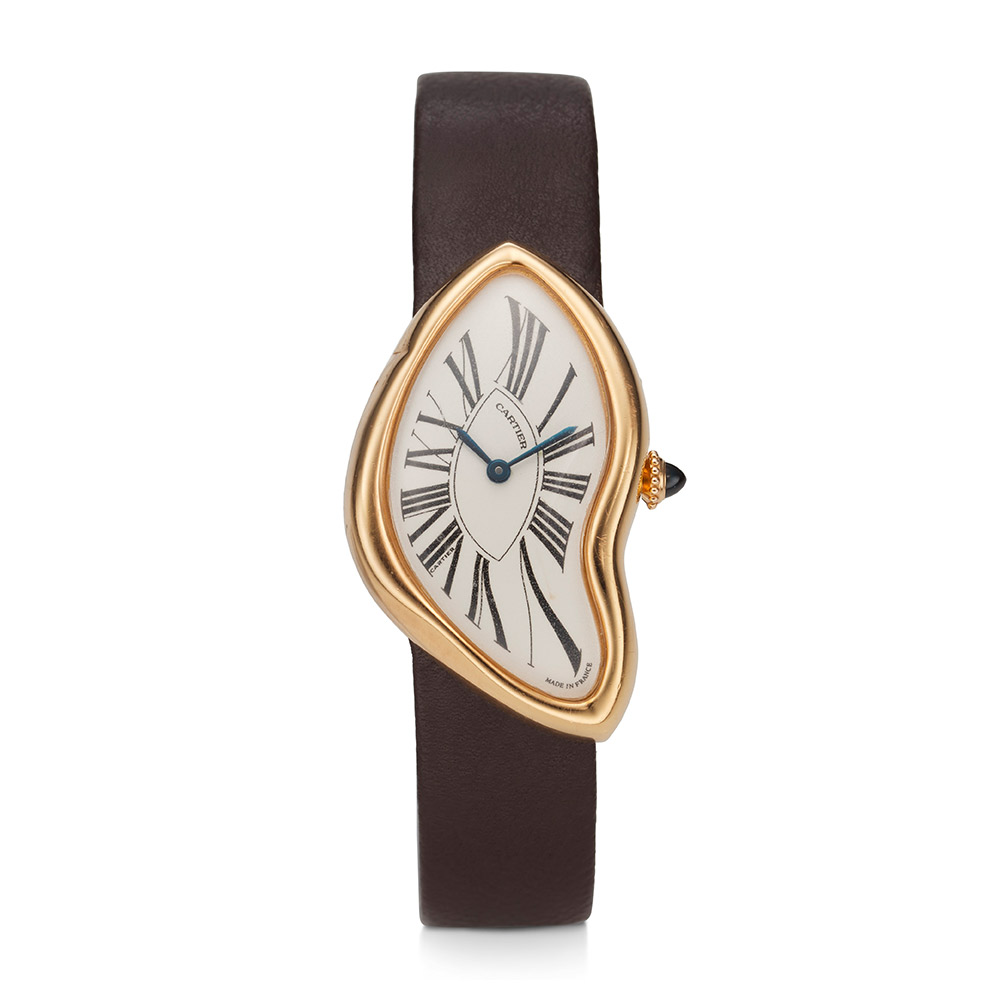
Cartier Crash 18k Pink Gold 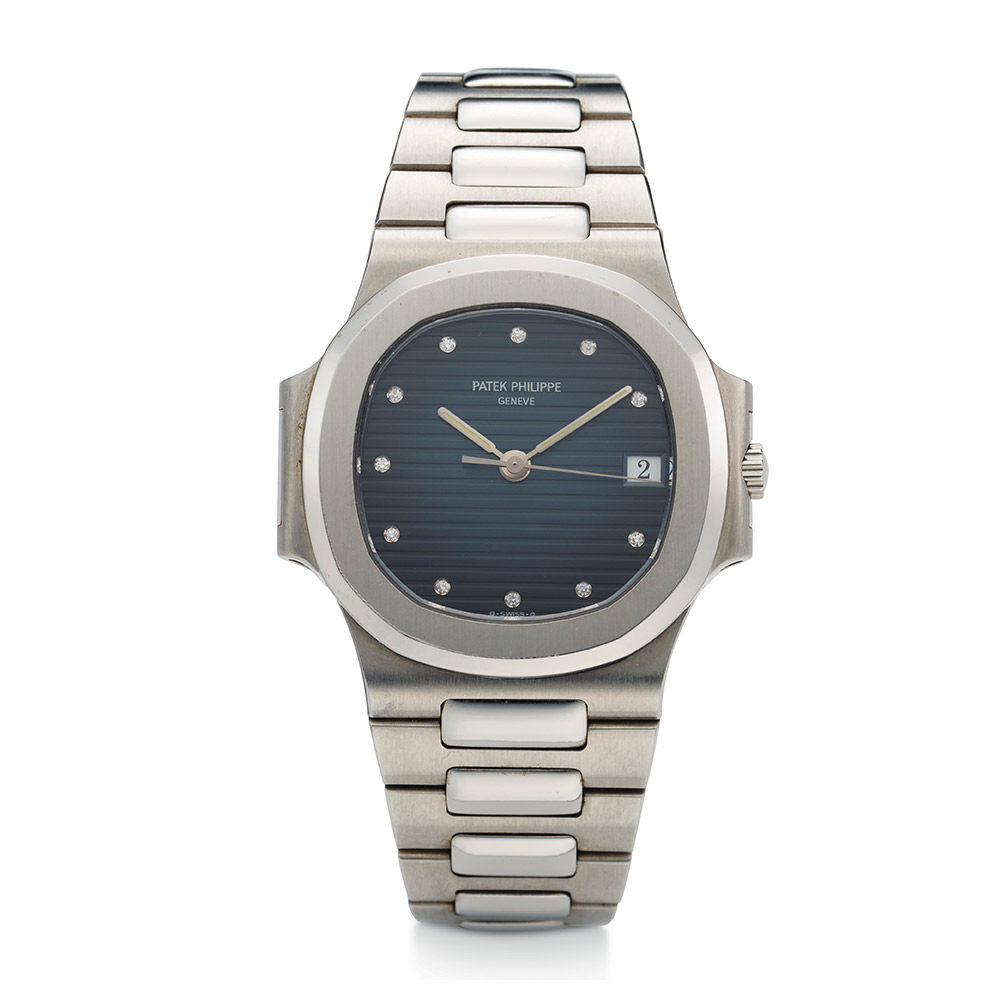
Patek Philippe Nautilus Diamonds
I was really happy to see the Gerald Genta pieces in Christie’s’ recent auction generate so much excitement. What is most interesting about this brand?
Interesting identifiable design, as one would expect with Genta on the dial, but also interesting complications that we do not see so much today. Genta was a daring brand, perhaps a bit early as great designers are, and now I think more and more collectors are revisiting those collections.
With such high prices being paid for Daytonas and Royal Oaks at auction, do you think that they are still a good investment? Or are we seeing a bubble right now?
Daytonas have been considered a bubble since the first one sold for 100k at auction in the early 2000s. There has been a correlation between the increased level of scholarship we have on the evolution of the Daytona, and how collectors view these references have changed as well. Early in this decade, the attention was primarily dial-based, whereas now, the same attention is being given to case condition and originality. As this has happened, we can see poorer quality pieces steadily settling at a lower price point, while prices for excellent original examples continue to grow due to their rarity. I think this will continue, as the number of those in existence is finite. The same can be said for early Royal Oaks as well, except they are truly rare already by production numbers. When you consider excellent original condition as well, I believe those examples will continue to climb. As for contemporary references, I think it will hang on the balance of what yearly production numbers are from Rolex and AP, but at the moment demand is much higher than what is being produced.
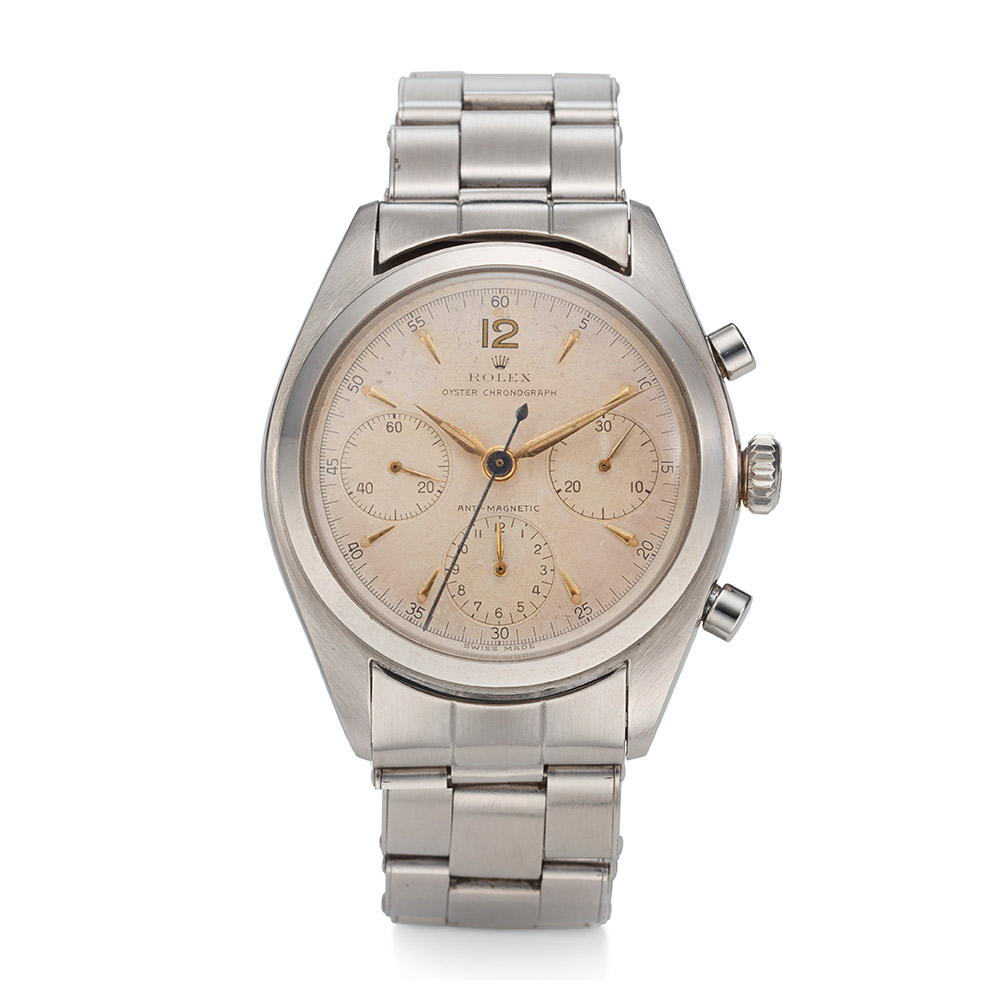
Rolex Chronograph 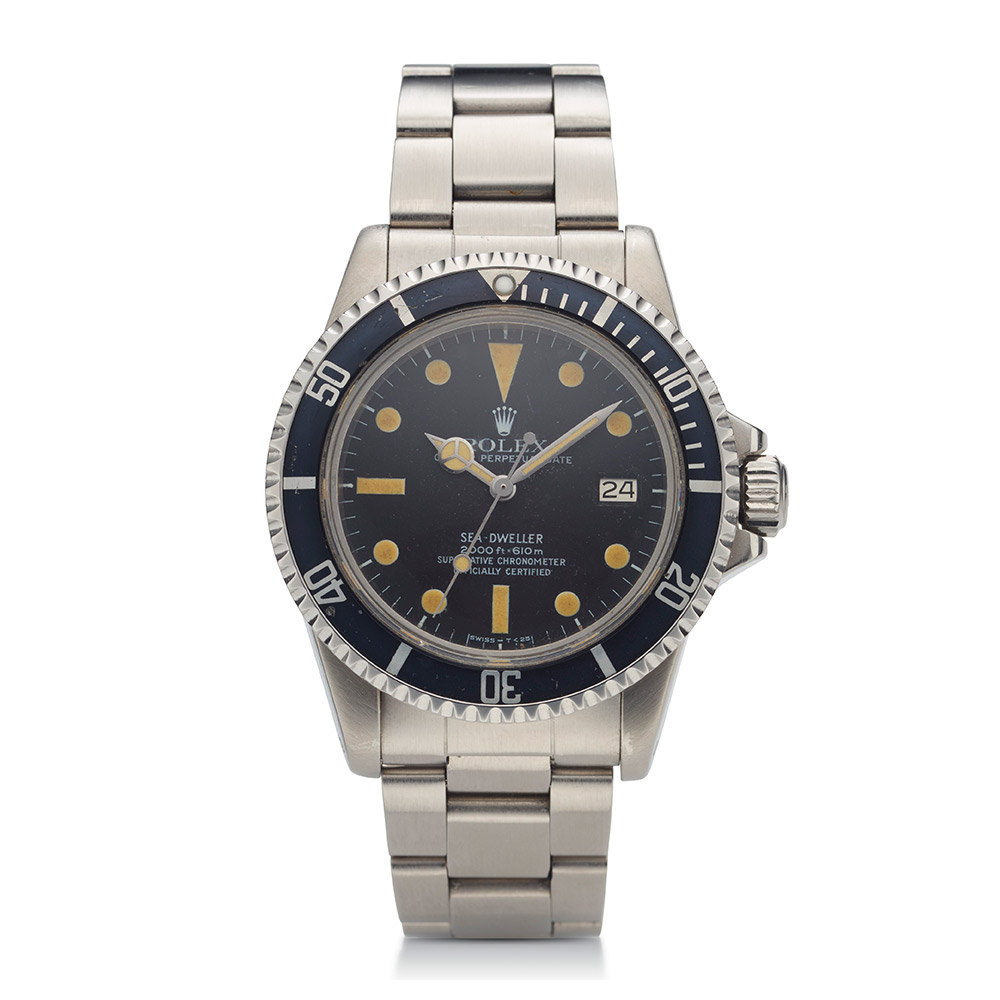
Rolex Sea-Dweller, The Great White
Obviously, steel sports watches are a very hot commodity these days. What do you think is going to be the next big thing in watches?
I believe the field will get wider of what’s next, and it won’t be just one thing. As mentioned earlier about scholarship levels increasing, and we see even the most casual watch collector is much more knowledgeable and has access to more knowledge than any time before. With this has come intense scrutiny of every detail of the timepiece. Who made the case? Who was the dial maker? What about the movement? These types of questions are becoming commonplace. The perfect era for that interest and passion are watches from the 1920s-1950s. We are seeing it with Cartier/EWC as well as AP, but there is still so much to revisit and engage with, in the same way, collectors have with ’50s, ’60s, and ’70s professional-style watches.
It’s great to see the revival of interest in boutique watchmaking brands like Rexhep Rexhepi and Kari Voutilainen. What is unique about what these watchmakers are doing in your opinion?
One word, “finishing.” If you ever have the opportunity to hold either of the aforementioned watchmakers, then you will immediately understand, which is what makes them special. Even if you do not understand watchmaking and its history, you will absolutely understand this when it’s in hand. I ultimately relate it to the moment you see an A. Lange & Sohne Double Split movement. You do not need to know the chronograph architecture principles to know the Double Split is special when you see it.
What other historic brands do you think are still relatively good value these days?
Pre-Richemont Roger Dubuis, Pre-Bvlgari Gerald Genta, Most of Vacheron Constantin pre-1960, 1970’s Cartier (for the moment), Jaeger-LeCoultre, and Rolex 1920-1950.
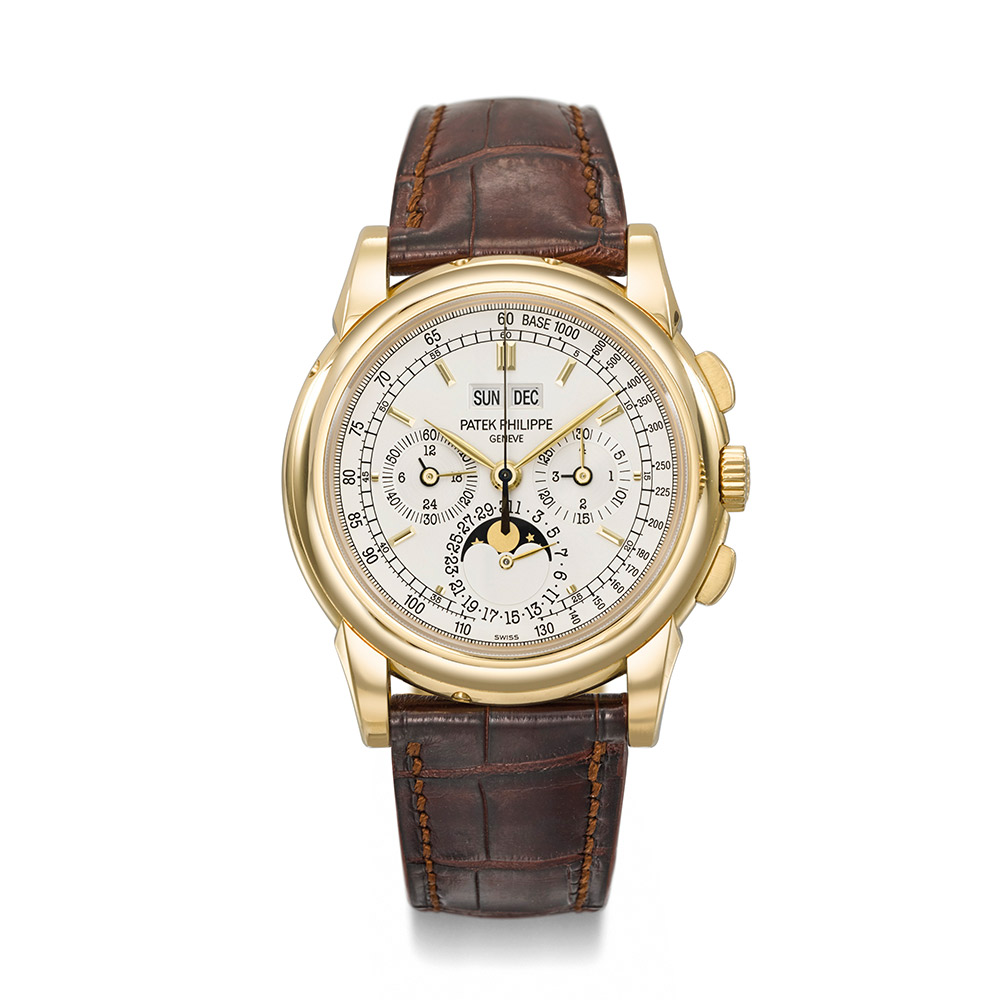
What’s your favourite “daily driver” right now? And what’s your ultimate grail?
My daily driver is an original owner Rolex Ref. 6098 from 1956. I wear it on a straight-end link rivet Oyster bracelet from the same year. I have never subscribed to the idea of a “grail”. I have been in this business in some capacity since I was 12 learning watchmaking principles from my grandfather, to the position I am currently in, and the idea that there is “one” halo watch has never come to mind. My wife and I are currently working on our personal collection of Vacheron Constantin watches from 1920-1950, so I would say my grail is the next one we add to our collection. I don’t know what it is yet, but we will know when we see it.
Any advice for bidding on a watch at auction?
Engage with the auction house you are planning to bid with. Do your research, then ask any questions you cannot find information on or need clarity with. Ask as many questions as you can with the specialist managing the auction or a specific lot. There is only so much that can be put into descriptions, so there is often more information to be discovered.
